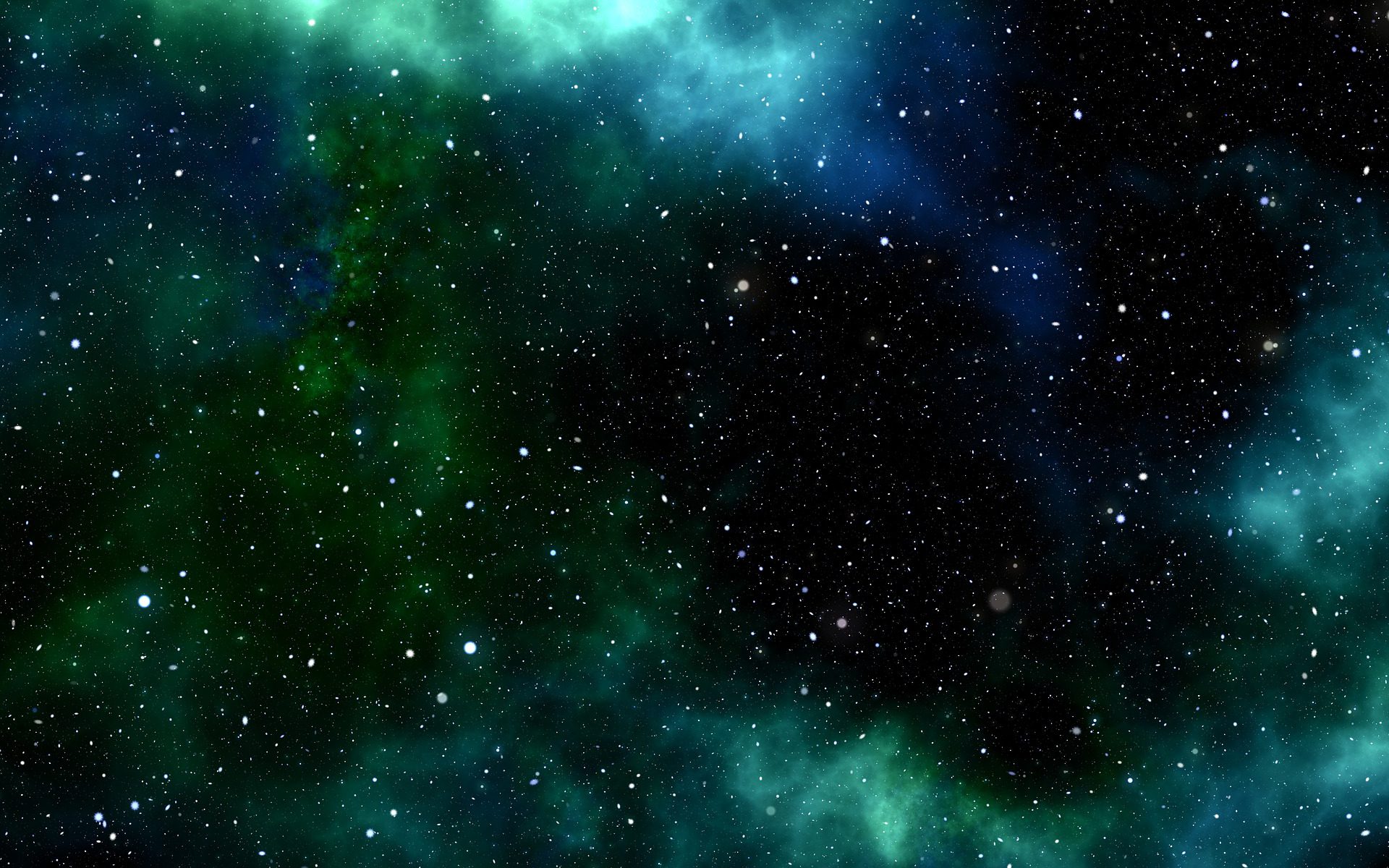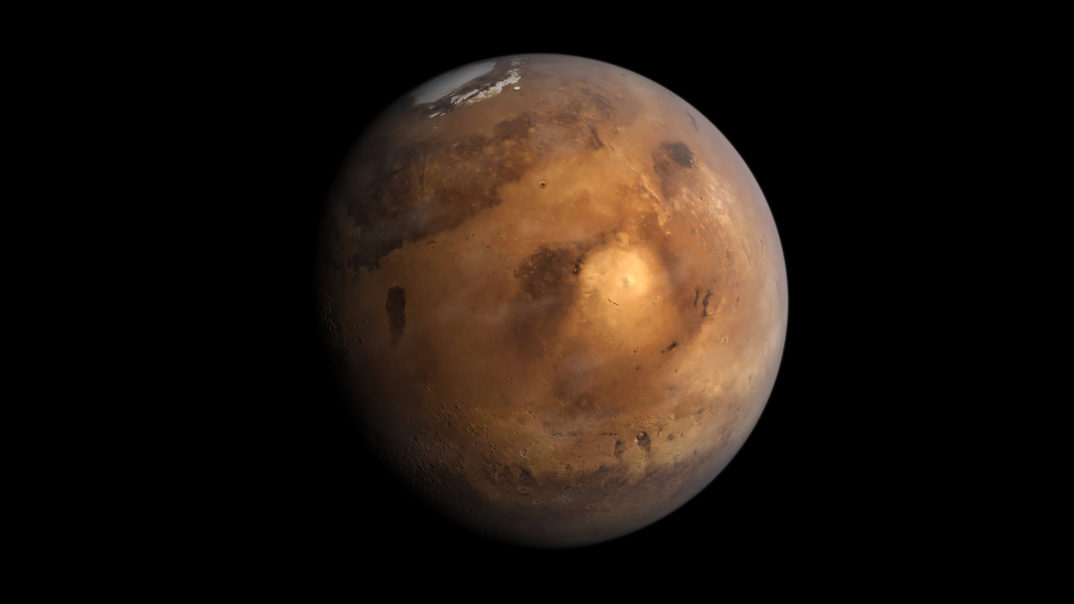It was recently reported that an Israeli organization SpaceIL sent thousands of dehydrated tardigrades to the moon. While the capsule crashed, and thus there is no way to know for sure if they survived, tardigrades are very resilient creatures who may be able to remain alive on the lunar surface in a dormant state. With this admission, a large host of ethical issues have been raised in the aftermath. These include the ethics of sending earth species to foreign environments and the ethics of private space organizations being able to act in space without regulation.
With regard to the issue of regulation, aerospace engineer Natalie Panek and NASA astrobiologist Monica Vidaurri have expressed concern. Viduarri is concerned about the fact that private organizations do not answer to any protections or ethics office. As reported by Vice, she and Panek have urged for more accountability when it comes to private organizations. Mika McKinnon of Vice notes, “while not illegal, the idea that a private company could accidentally scatter living creatures on the Moon within any oversight or even disclosure is unnerving.” To resolve this issue, many have urged for new regulations and laws to ensure that careful conversations are had before further life forms are sent into space.
The issue of sending earth life to foreign environments like the Moon or even Mars is even more complicated. For decades the idea of terraforming or changing a planet or other body to make it more habitable to human life has been considered. Ethically, there may be good reasons to do this, including allowing for more space for habitation, advancing our ability to study space, and because it may help preserve the human species in the long term.
The idea is also problematic. This is partially because we can’t be certain that there is no life in some of these locations. If we seed life to Mars and there is already life that we have not previously discovered, then it has the potential to drastically affect the planetary environment and harm local lifeforms. This can be ethically problematic not only because of the harm we could inflict on extraterrestrial life and extraterrestrial ecosystems, but if extraterrestrial ecosystems are contaminated it could also mean that we lose the ability to answer important scientific questions about the development of life in the universe.
One of the concerns is the possibility of interfering with an environment that we may not fully understand and may wish to study. This raises issues beyond merely interfering with potentially already existing life. A broader issue involves affecting or changing environments in space that do not have life. This concern is raised by Vidaurri who points out, “WE made something on ANOTHER world that we do not fully understand. It has an environment, even if we deemed it ‘barren’ to any life on earth.” If we wish to engage in any kind of terraforming or significant alteration of the Moon or Mars, then we face an inherent risk of contaminating a hitherto pristine environment.
Alternatively, this raises an important question about whether environments, even lifeless ones, have some kind of moral status. For instrumental purposes, preserving a pristine, lifeless environment may allow us to study it better. However, the concern raised by Vidaurri seems to be that an environment, even a lifeless, barren one, may have some inherent moral worth and so interfering with it is morally wrong. Environmental philosophers have considered similar questions.
According to Ronald Sandler, for an environmental collective to have inherent worth it must be goal-directed since otherwise we have no clear way to determine if it has been harmed or benefited. One environmental collective which he suggests may have such worth is ant colonies. However, ecosystems as a whole, he argues, are not cohesive or goal-directed enough to possess inherent worth. If an ecosystem can’t claim to have inherent worth, then it is even more difficult to claim that a lifeless environment does. If it does not, then it isn’t obvious why it is inherently wrong to change extraterrestrial environments like the moon.
This issue is not necessarily new either. In his 1997 book Pale Blue Dot, Carl Sagan addressed the matter. Where life may already exist, he suggests that safeguarding our species by settling other planets may be offset by the danger we pose to such extraterrestrial life. But in the absence of such life, he notes “here I find myself an unapologetic human chauvinist…on behalf of Earthlife, I urge that, with the full knowledge of our limitations, we vastly increase our knowledge of the Solar System and then begin to settle other worlds.”
According to chemistry professor Michael Mautner, seeding the universe with life is a moral obligation. Since life on Earth will not survive forever, he claims that we have an obligation “to plan for the propagation of life” on other planets. He proposes a strategy to deposit primitive organisms on potentially fertile planets in order to help modify their environments and jumpstart evolutionary development. While he has noted the concern about interfering with potential extraterrestrial life that may already exist, he proposes to only target locations where life could not have evolved yet. However, this does not address the concerns of those who argue that it is wrong to modify pristine lifeless environments that may include the Moon.
In a 2009 article in the journal Bioethics, Mautner echoes Sagan’s point and the concern about modifying environments in space. Taking a more pragmatic view, he notes, “Seeding other planetary systems could prevent the study of pristine space but seeding a few hundred new solar systems will secure and propagate life while leaving hundreds of billions of pristine stars for exploration.”
Questions about the moral status of lifeless environments are going to be important as further exploration of space takes place. It joins questions like do we have the right to change environments in space to our liking? and to what extent should we take efforts to protect alien life that we may not even be able to detect? The answers to such questions may not only affect how we behave in outer space, but also on Earth as well.


